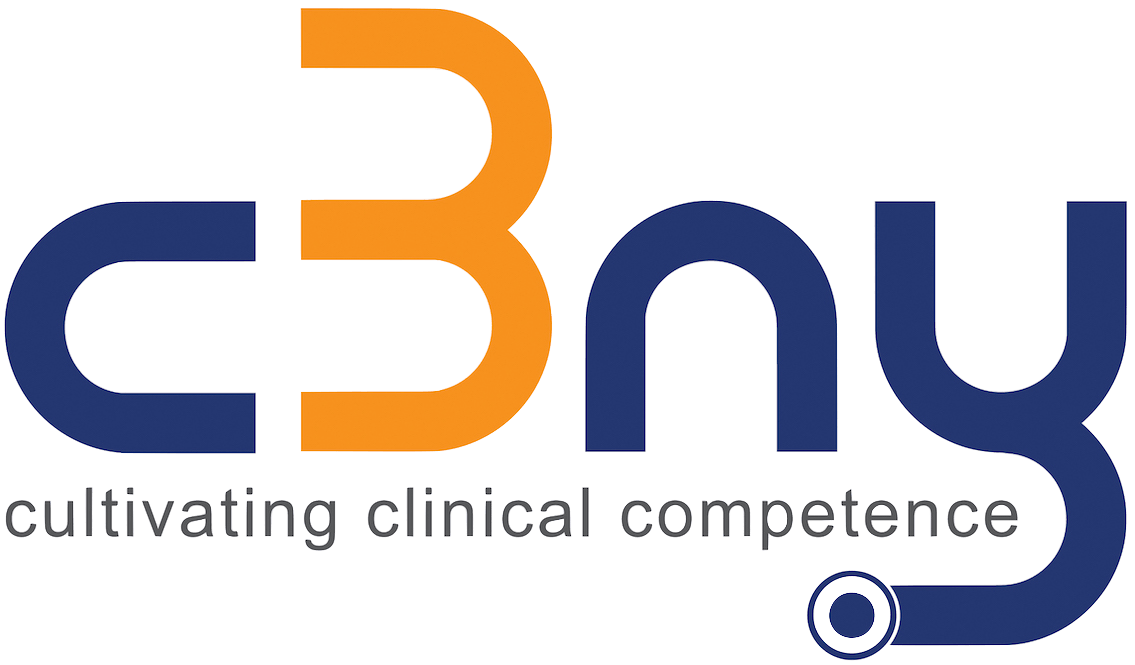In continuing our exploration of Patient Centered Interviewing, another terrific article at Mind The Gap — Patient-Centered Physicians Have Lower Diagnostic Testing Costs. That patient centered interviews are smart financially might surprise some readers, because in general, medical students and doctors may think that a patient centered interview might take more time.
However, “invest in the beginning” (of the interview) is one of our hallmark sayings here at C3NY. If yes, you do take some more time at the beginning to find out about your patient, this will pay off for you in the end, and ultimately save you time. Patients are more willing to answer a laundry list of (medical) questions after the doctor has developed some rapport, and gotten to know a little bit about who the patient really is.
In discussing this situation, one must first define terms. Frequently, doctors and students who are preparing for the Step 2 CS exam say, patient-centered, patient-centered – but what exactly does that MEAN?? This article explains this beautifully:
A patient-centered communications approach begins by trying to understand the person behind the medical problem. The focus is on inviting the patient (and family members) into the exam room conversation. This is accomplished by asking patients questions designed to encourage them to open up and share their perspective, e.g., this includes their reasons for the visit (visit agenda), their expectations, fears and health beliefs. Patients’ opinion are sought and their participation in health treatment decisions is encouraged and welcomed by clinicians.
In contrast, the physician-directed communication style focuses on the biomedical facts behind the patient’s presenting problems. The physician is in charge of the visit, does most of the talking and makes all the decisions. The patient is expected to assume what for years has been referred to as a passive sick role…their role being to answer the doctor’s questions and do as they are instructed by the doctor.
It is so tempting, especially on the Step 2 CS exam when you have only 15 minutes with a patient, to persuade yourself that “physician-directed communication” is the way to go, especially if you are coming from a culture outside the United States where this type of interviewing is the norm. That you MUST get all those impossibly important medical questions asked, rapid fire, absolutely as soon as possible. When, especially in the US, just the opposite is the case.
If you “invest in the beginning”, develop rapport and get to know your patient – what do they do for a living, who lives at home, how do they spend their leisure time – nearer the END of your 15 minutes, when you, yes, absolutely must now find out targeted pieces of information (you are thinking that rash might come from an allergy, or the fatigue from anemia, or the cough from bronchitis), you can go ahead with your rapid fire medical questions. At that point, the patient trusts the doctor and is much more willing to give strictly medical information.
Read the entire of the article, and do let us know what you think!
Yours in excellent Step 2 CS prep,
The C3NY team

